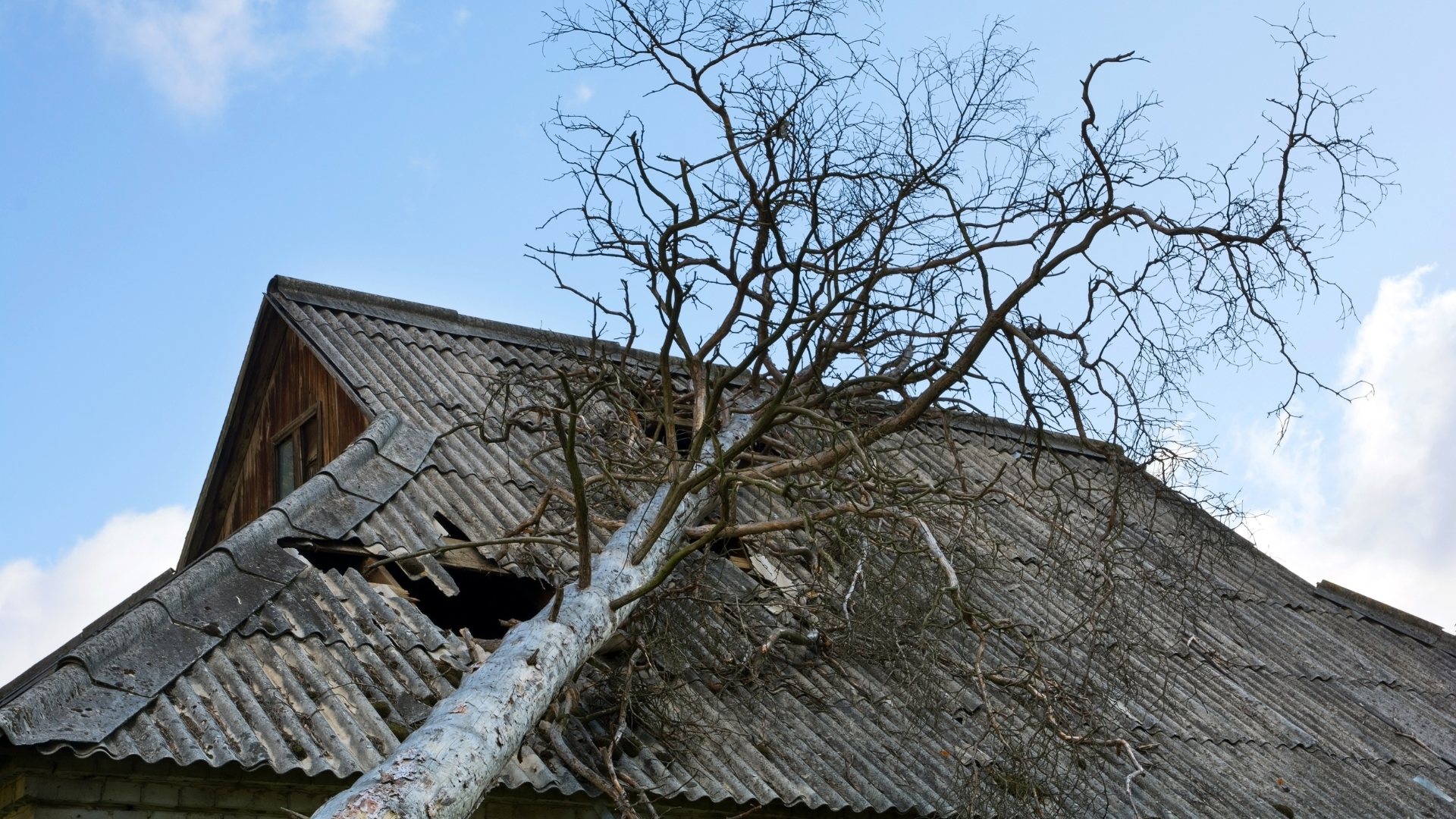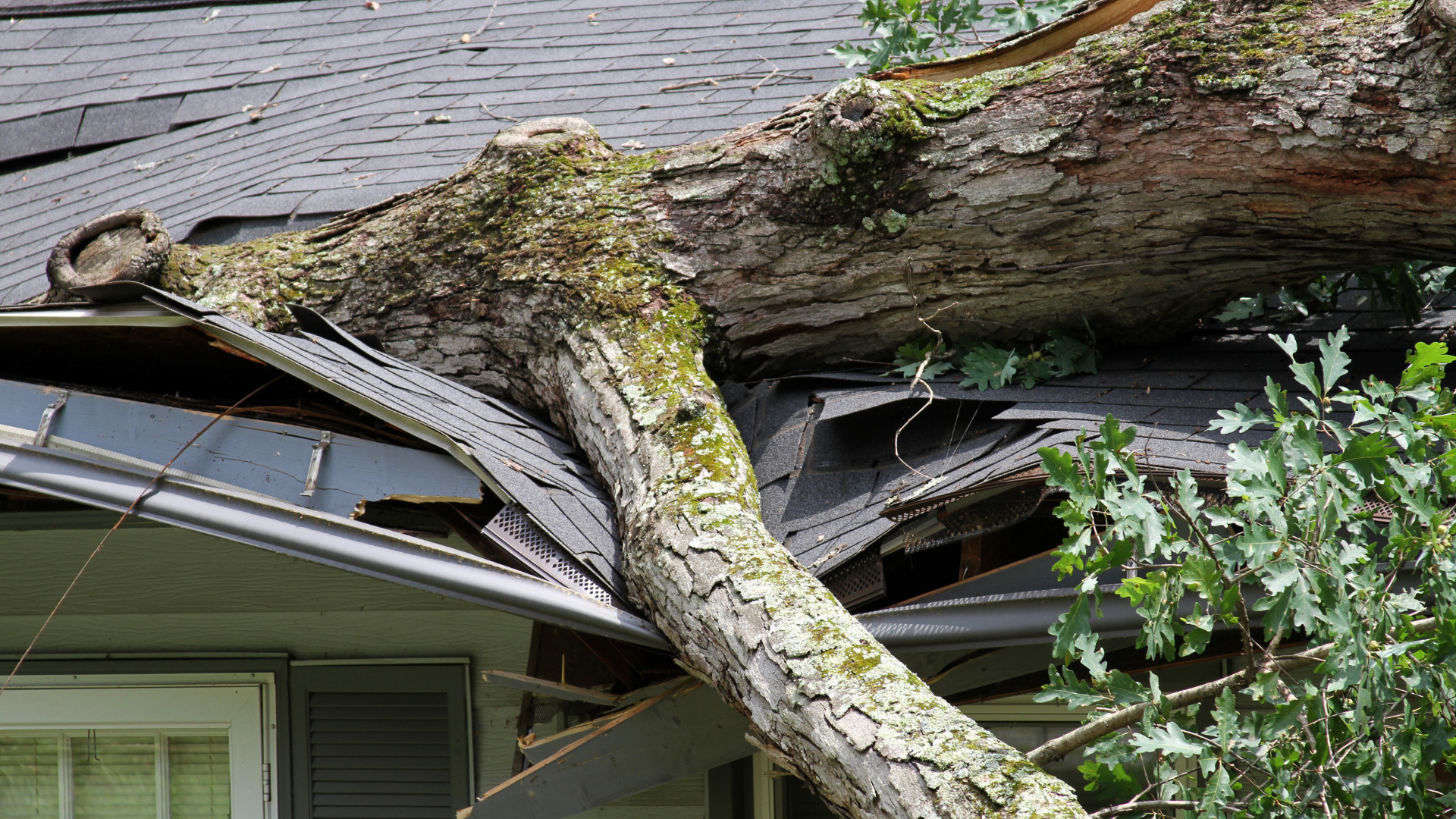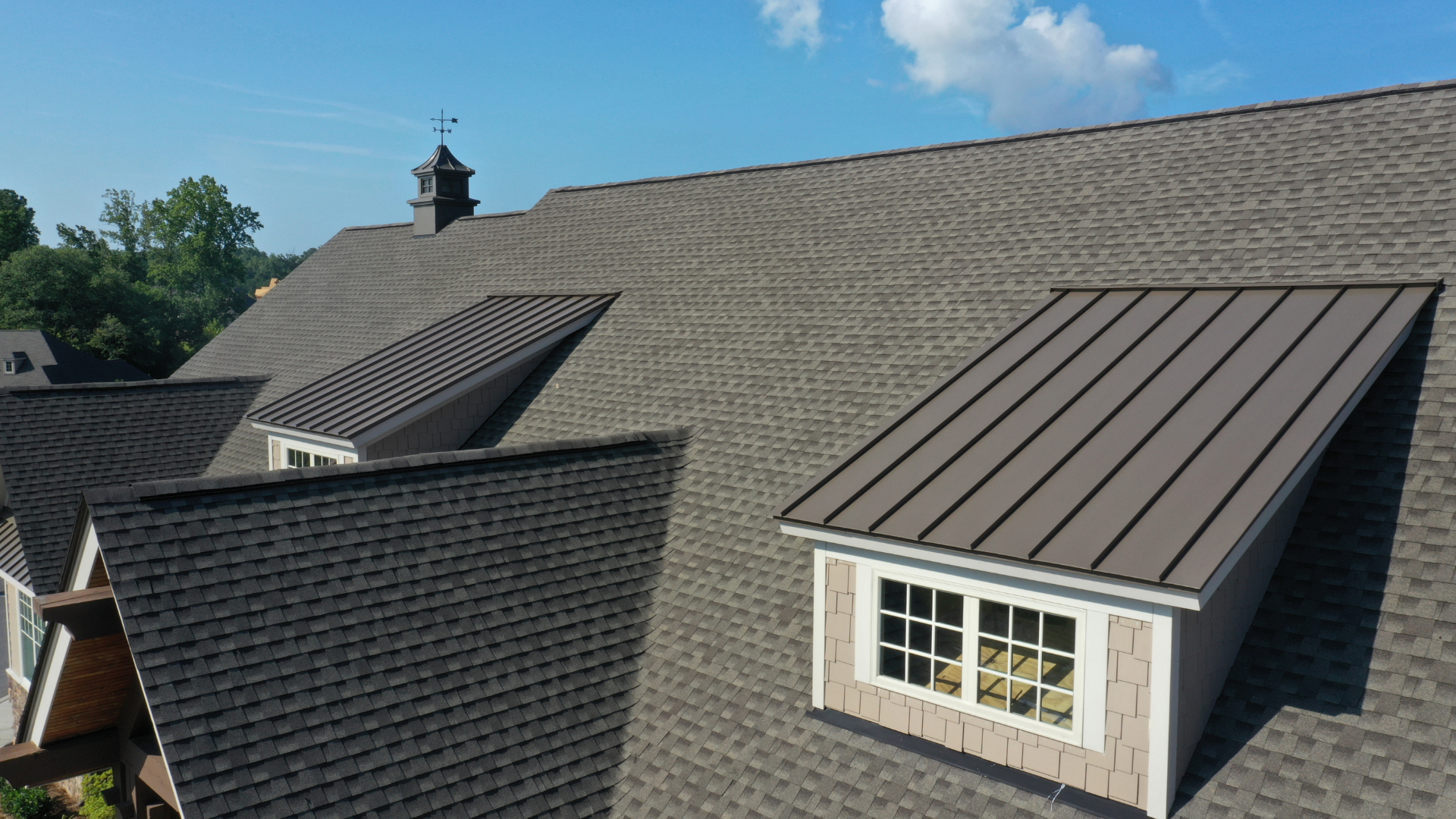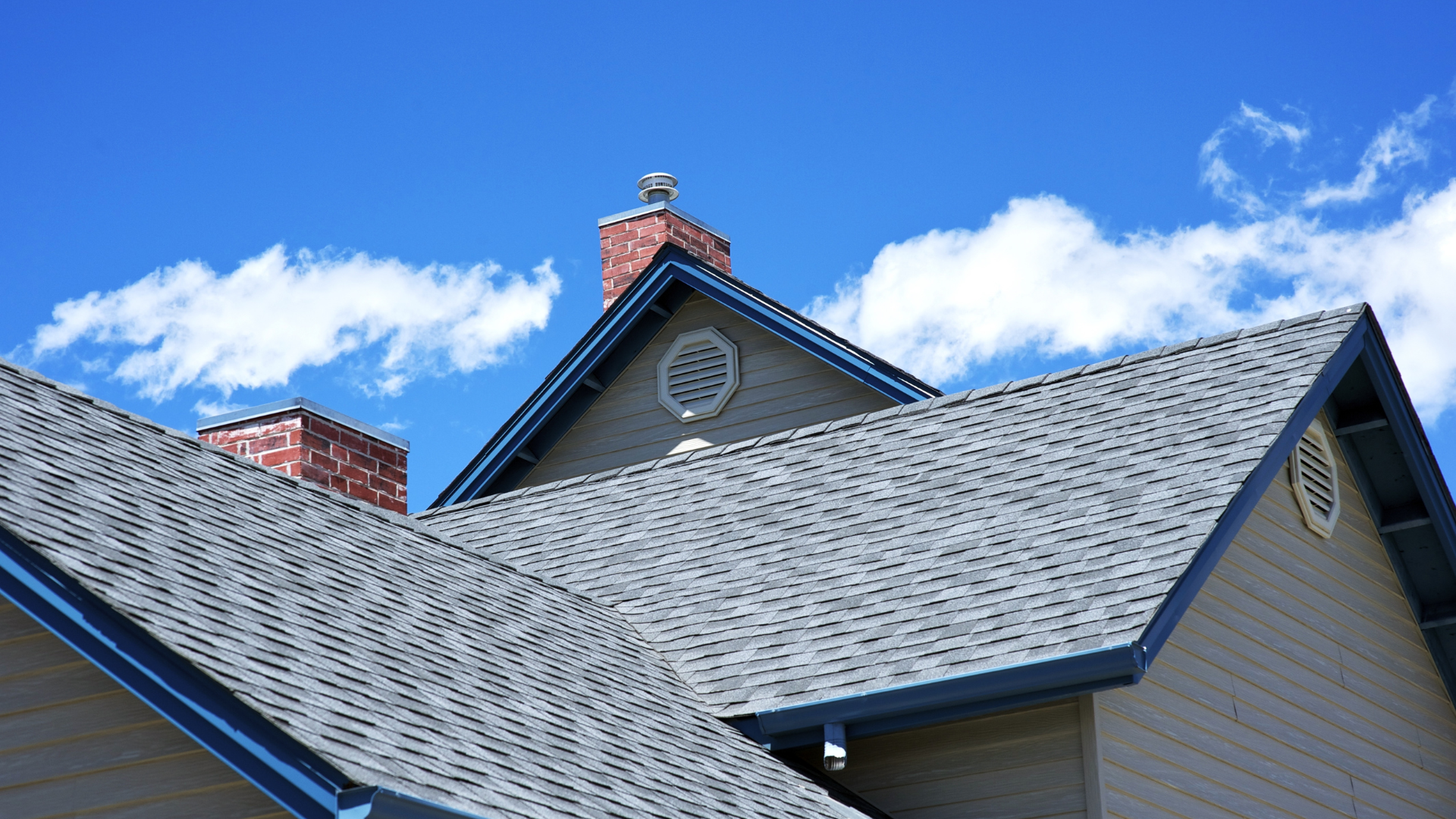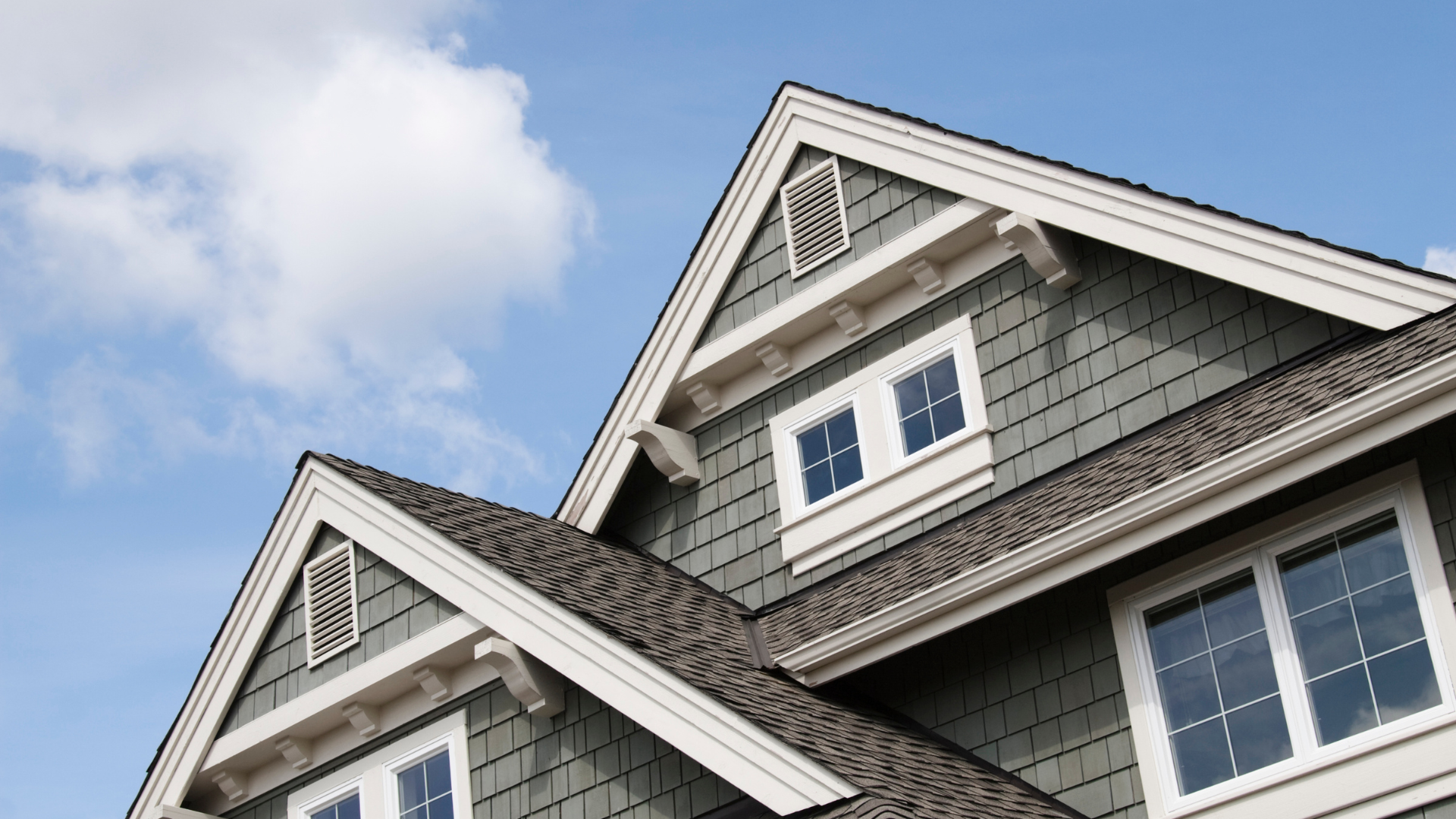Everything You Need to Know About Asphalt Shingles
When it comes to choosing the right roofing material for your home, asphalt shingles are one of the most popular and widely used options. With their affordability, durability, and versatility, asphalt shingles come in several varieties to suit different needs and preferences. Among these options, the three most common types of asphalt shingles are three-tab shingles, architectural shingles, and luxury shingles. Understanding the differences between these types will help you make an informed decision for your home. In this article, we’ll dive into each type of asphalt shingle and highlight their unique features and benefits.
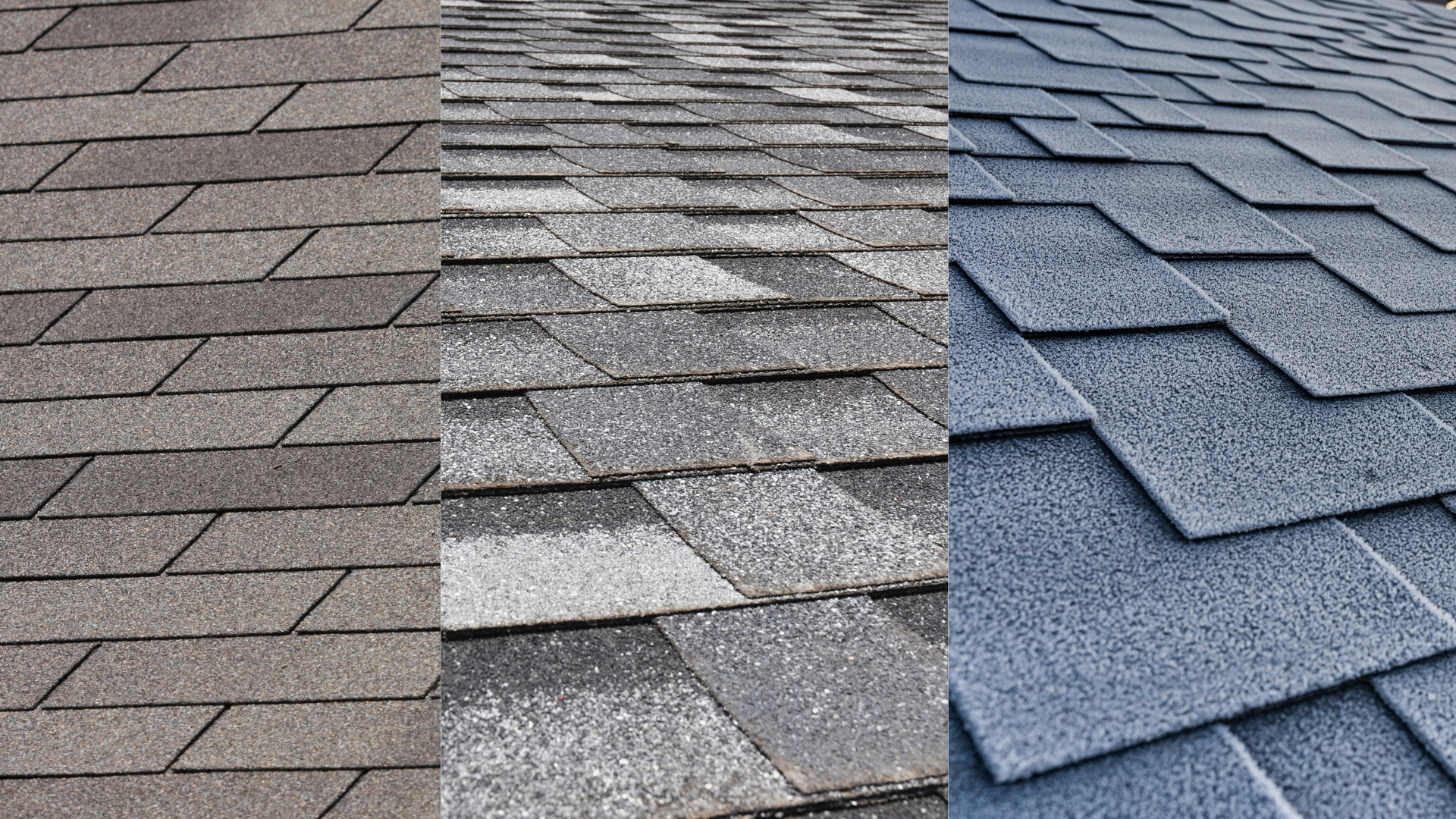
How to Choose the Right Type of Asphalt Shingle
When deciding between three-tab, architectural, and luxury asphalt shingles, there are several factors to consider:
- Budget: If you're on a tight budget, three-tab shingles may be the best option, as they are the most affordable. However, if you're willing to invest more for increased durability and a more attractive appearance, architectural or luxury shingles may be a better fit.
- Longevity: If you're looking for a roof that will last longer, architectural or luxury shingles are the best choice. Their extended lifespans and superior weather resistance make them a worthwhile investment for homeowners seeking long-term protection.
- Aesthetics: If the visual appeal of your roof is a top priority, architectural or luxury shingles will provide a more attractive, dimensional look compared to the flat design of three-tab shingles.
Three-Tab Asphalt Shingles
Three-tab asphalt shingles are the most traditional and cost-effective option. These shingles are designed with three distinct, uniformly shaped tabs and are typically the thinnest among asphalt shingles. They are known for their simplicity and are commonly used in budget-conscious roofing projects.
Benefits of Three-Tab Shingles:
- Affordability: Three-tab shingles are generally the least expensive option, making them a popular choice for homeowners on a budget.
- Easy Installation: The simple design of these shingles allows for quicker and easier installation, reducing labor costs.
- Classic Appearance: They provide a flat, uniform look that is traditional and widely accepted in residential areas.
Drawbacks of 3-tab Asphalt Shingles:
Shorter Lifespan: While durable, three-tab shingles generally last 15-20 years, which is shorter than other options like architectural shingles.
Limited Aesthetic Appeal: Their flat appearance may not appeal to homeowners looking for a more textured or modern roof design.
Architectural Asphalt Shingles

Architectural shingles, also known as dimensional shingles, are a step up from three-tab shingles in both style and durability. These shingles are made from multiple layers of asphalt and are designed to create a more dimensional, textured look that mimics the appearance of wood or slate roofing.
Benefits of Architectural Shingles:
- Enhanced Durability: Architectural shingles are thicker and more durable than three-tab shingles. They typically last 25-30 years, providing better long-term protection for your home.
- Aesthetic Appeal: With their three-dimensional design, architectural shingles offer a more upscale and visually appealing look compared to the flat, uniform design of three-tab shingles.
- Better Wind Resistance: Due to their thicker construction and additional layers, architectural shingles are more resistant to wind damage, making them ideal for areas prone to high winds.
Drawbacks of Architectural Shingles:
Higher Cost: While more durable and attractive, architectural shingles are more expensive than three-tab shingles due to their higher quality and construction.
Heavier Weight: The added layers of architectural shingles make them heavier, which may require additional structural support for your roof.
Luxury Asphalt Shingles
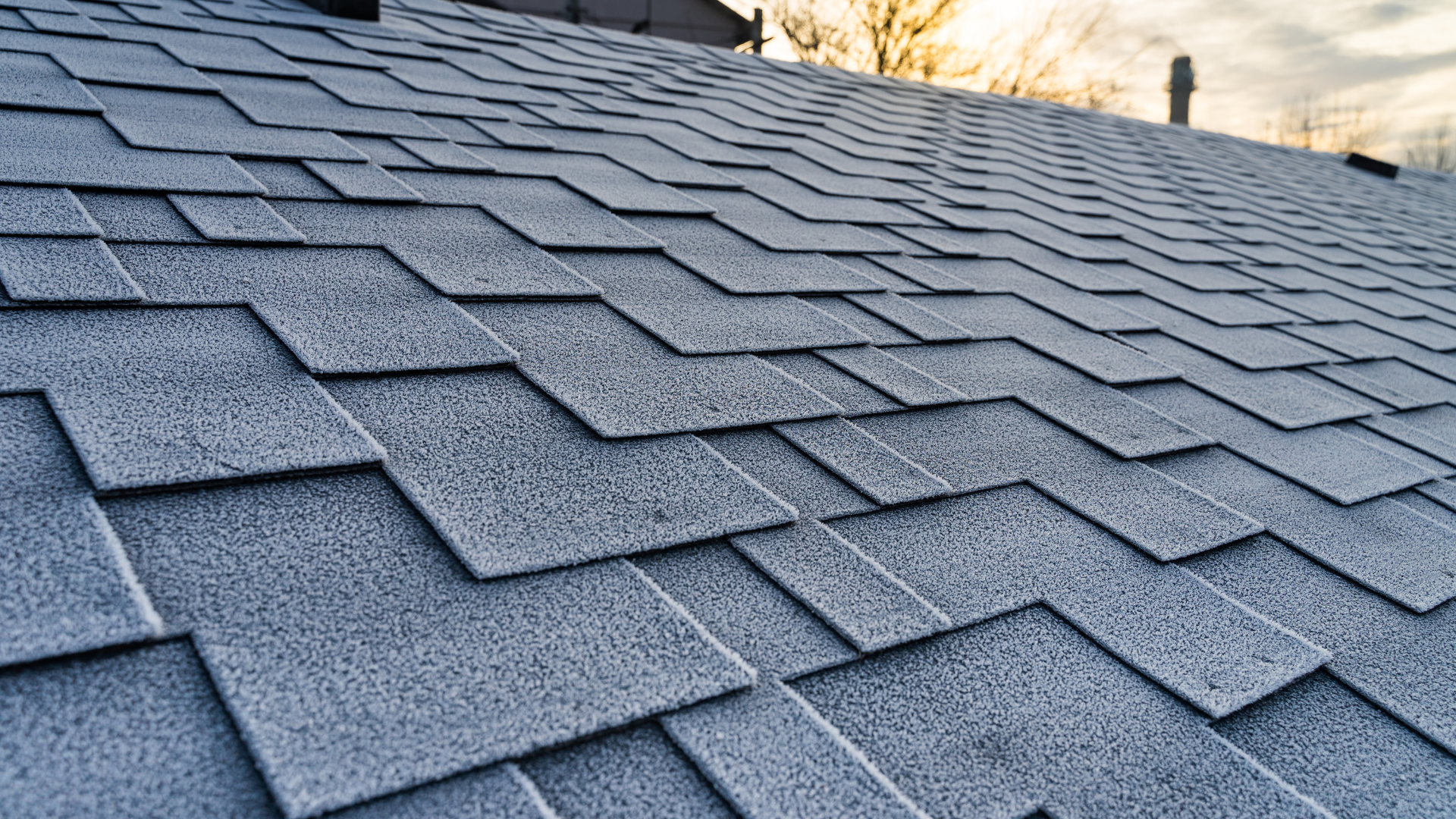
Benefits of Luxury Shingles:
- Superior Aesthetic: Luxury shingles offer a high-end, sophisticated look that enhances the curb appeal of your home. They come in a variety of styles and colors to mimic natural materials like slate or wood.
- Maximum Durability: These shingles are built to last, with lifespans ranging from 30 to 50 years, depending on the brand and quality.
- Exceptional Weather Resistance: Luxury shingles are highly resistant to extreme weather conditions, including high winds, hail, and heavy rain, making them ideal for homes in harsh climates.
Drawbacks of Luxury Shingles:
- Premium Price: The cost of luxury shingles is significantly higher than both three-tab and architectural shingles due to their high quality and luxurious appearance.
- Heavier Weight: Similar to architectural shingles, luxury shingles are also heavier and may require additional support for your roof structure.

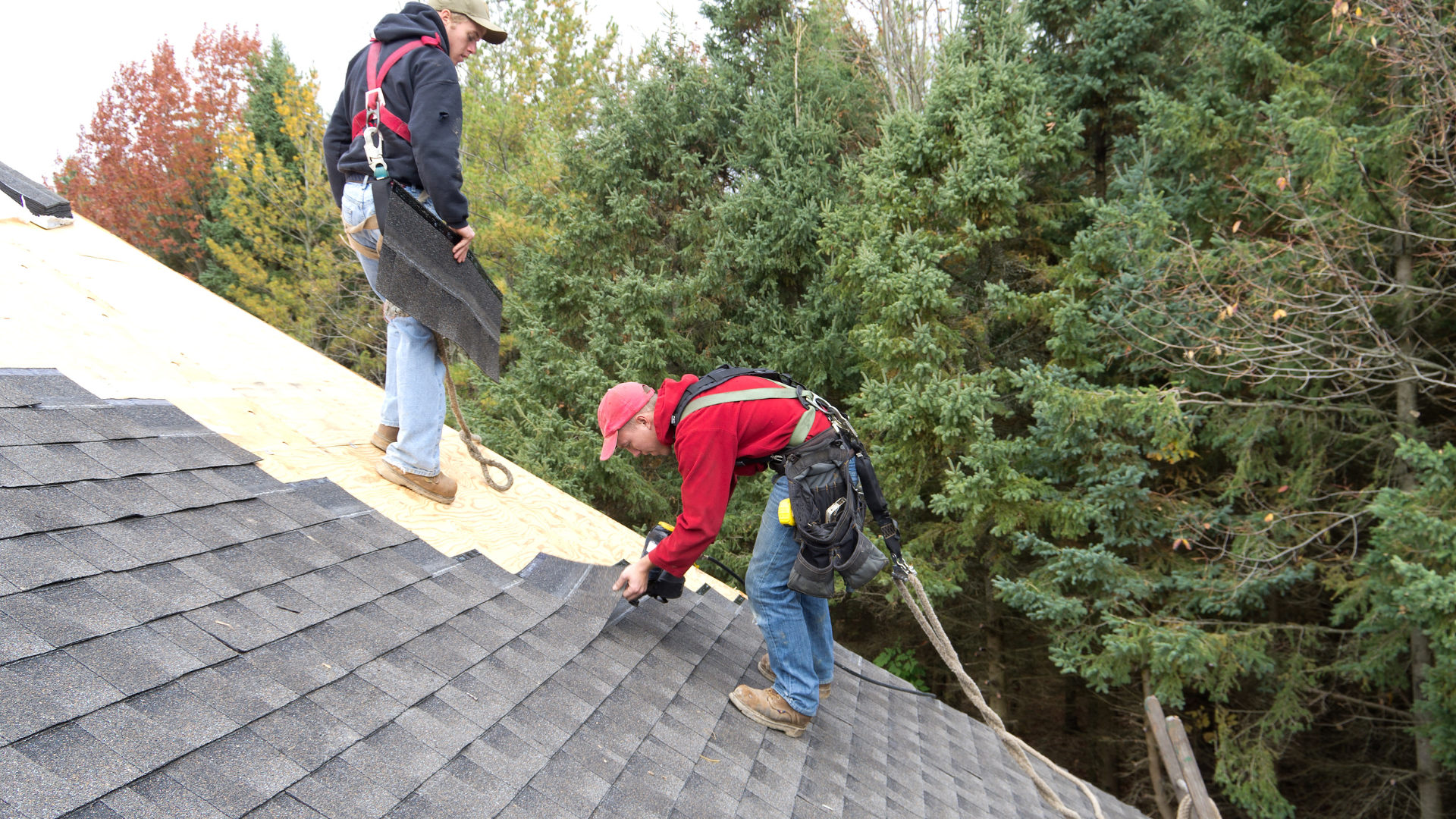
Choosing the right type of asphalt shingles is crucial to ensuring that your roof not only looks great but also provides the protection your home needs. Whether you opt for the affordability of three-tab shingles, the durability of architectural shingles, or the luxury of high-end shingles, it’s important to weigh the benefits and drawbacks of each option. By considering factors like your budget, the longevity you desire, and the aesthetic you prefer, you can make the best choice for your home.
If you're ready to install or replace your roof, contact Right Hand Man today for a consultation. Our roofing experts will help you choose the best type of asphalt shingles for your home, ensuring your roof is both beautiful and functional for years to come.
